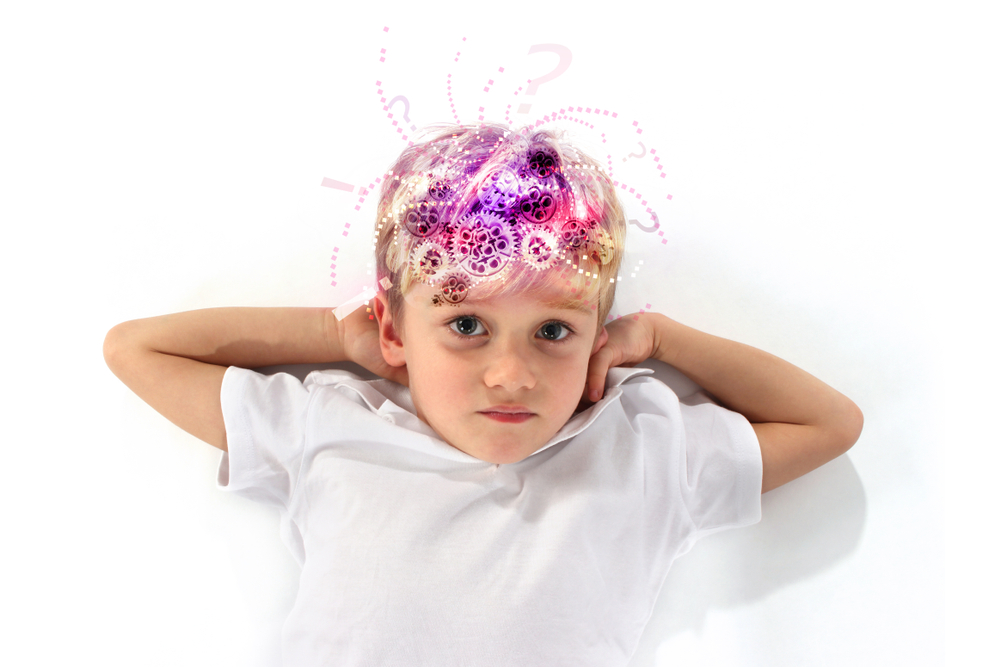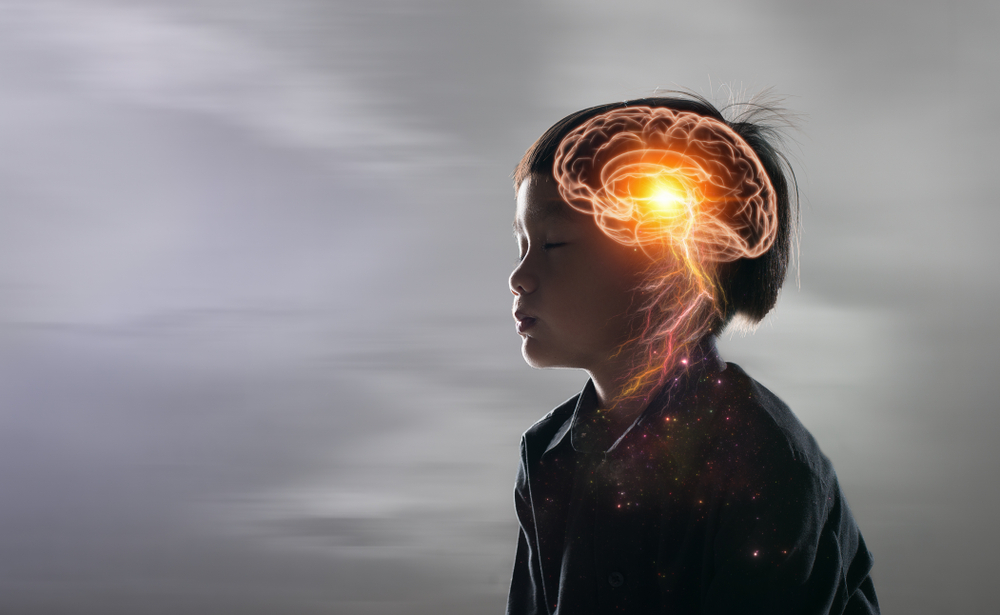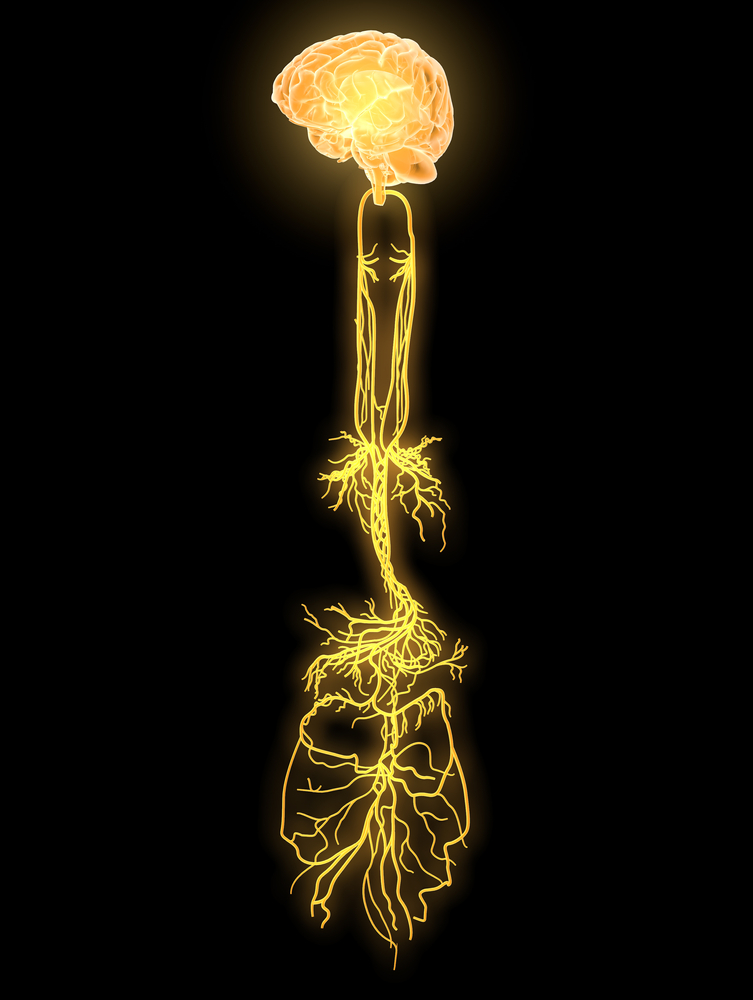
Emotions are important tools in the human experience that are often overlooked. They are the fuel that motivates us, and connects our thoughts to our actions. Without emotion, we would never set out to achieve, attempt to protect ourselves from disaster, or form bonds with loved ones and friends. Yet we know very little about our emotions and are even taught to dismiss them in favor of rational thought.
The truth is that emotions are also a biological process of our brain. There are no emotions that are wrong or bad, but for some, emotions are difficult to control, especially if we don’t understand what they are. Being able to name our emotional experiences helps us process and manage the emotions we endure. This is the foundation of emotional literacy.
Children’s brains are rapidly developing already, as a natural part of their growth. Teaching children about their emotions can help them on the path to more productive and satisfying lives. It helps to understand the physiological processes that originate emotions, so we know that they are a normal, universal experience. This enables us not only to understand ourselves, but to relate and be compassionate to others.

What Is Emotional Literacy?
Emotional literacy, also called emotional intelligence, is the ability to recognize, name, and manage emotions. This sounds simple but has been very effective in teaching kids social skills, because noting these emotions in the self makes it easier to identify the emotions of others. Children with high emotional literacy can manage their own behavior, leading to less bullying and more getting along. Children with low emotional literacy often act out, get frustrated or disappointed easily, and may even bully their peers.
When people learn emotional literacy, they show certain qualities that set the foundation for success as adults. This is why it is so important to ensure children learn these skills at a young age.
What are the signs of someone who is emotionally literate?
- Recognition of a regulated emotional state and how it feels
- Methods to attain said state
- The experience to identify emotions that may dysregulated and mitigate them
- The skill to express emotions productively
- The ability to identify emotional states in others
- The capacity to empathize with others
Emotional Literacy and the Brain
Emotions and behavior may fall under the discipline of psychology, but emotional literacy is a biological process. The brain is made up of various parts that perform functions which contribute to thinking, reacting, and managing emotions. Emotional literacy is a result of paying attention to how these functions work together to translate thoughts and emotions into actions.
Highways in the Brain
Training your brain helps develop emotional literacy. Such training can be thought of in the same way as learning a sport or martial art, or weight lifting. Just as these activities build reflexive actions and muscle, training the mind helps create and reinforce neural pathways in the brain.
These pathways form naturally as we learn anything, including bad habits and negative self-perceptions. The brain is always building these pathways, so training the mind guides these neural highways to constructive outcomes that include resilience, empathy, and problem-solving. Disciplines such as martial arts, yoga, or meditation can help build these “muscles” in the mind so that emotionally literate responses come naturally to an individual.

Where Feelings Come From
Parts of the brain also regulate emotions and relay neural impulses to the rest of the body. Two of them are always fighting for dominance in times of strong emotional stimulus. Emotions are our brain’s response to our experiences so we know how to survive. Thoughts trigger feelings, which then become actions/behaviors. Emotional literacy is the trained reaction of turning those feelings into productive and appropriate behaviors.
The amygdala triggers our responses to danger, giving rise to feelings such as fear or anger. It is a part of the limbic system, and the entire system activates to decide how to respond. The limbic system releases powerful hormones through the body, such as adrenaline and cortisol, which are fuel for the body’s behavioral reactions to stimuli.
On the other side of the brain is the prefrontal cortex, which is a complex piece of the brain that is responsible for higher thinking and executive function. Since these functions take place in a different part of the brain from our emotional and physiological reactions, it is necessary to train the brain to critically think about our reactions to things before we react. This way, we can align our actions with our thoughts.
Steps to Process Emotions
Emotions are never wrong. They are how we can tell what around us is safe, and what around us should be avoided. Everyone has them, and the brain goes through the same processes when an emotion arises.
-
Experience the emotion
An event takes place, and we perceive it with one of our senses. Within microseconds, our brain assesses the situation and tries to determine if we are under threat. While this happens almost instantly, messages are traveling up and down the neural pathways all over your brain.
-
Process the feeling
One the stimulus is experienced, the brain makes a decision about how we need to respond. How we emotionally feel about an event is based on this decision. We may get frightened, feel the urge to laugh, or be compelled to hug someone.
-
Express it
How we show our emotions affects the world around us. Inappropriate tantrums can break objects such as toys, furniture, or walls. Hitting other people is never appropriate in normal social situations, nor is aggressive behavior. People and other creatures may have boundaries that make even positive behaviors like hugging problematic. Emotional literacy ensures we recognize what actions are appropriate responses, no matter the intensity of our feelings.
Stress and Emotional Literacy
When our emotions are excited to intensity, this is considered stress. Some stress, called eustress, is stimulated by positive events, like excitement over a wedding or graduation. Dealing with negative events such as financial disaster or death in the family is called distress. The amount of stress we can handle without adverse effects is called our allostatic load. Emotional literacy helps us recognize when our allostatic load is overwhelming.
There are physical sensations that occur alongside certain emotions. Anger usually makes us tense our muscles, while anxiety might make us feel sick. Joy may be experienced as a rush of energy. Even our minds may feel excited and active, or cloudy and dark. Recognizing these signs can inform us how best to manage our emotions by managing their symptoms.

Managing the Emotional Body
Running along our spine is the vagus nerve, which has been associated with high emotional literacy. The vagus nerve activates the activity in our body that calms us, called the parasympathetic nervous system. The vagus nerve is directly connected to the brain and soothes activity from the amygdala, such as the release of the hormones adrenaline and cortisol.
Studies of various types of meditation, such as mindfulness and compassion practices, show that vagus nerve activity is effective in managing stress, pain, and anger. Deep breathing and focused attention have positive effects on the vagus nerve, which in turn affects the brain.
Emotional Literacy Starts with the Brain
Our entire body is connected to our brain through a variety of physiological systems. Our emotions are part of the functions of the brain and an important part of our survival. An understanding of the processes our brain goes through when we experience emotions allows us to observe these emotions more objectively and learn about them. Emotional literacy starts with this knowledge, and pervades into every area of life, well into adulthood.

 Español
Español